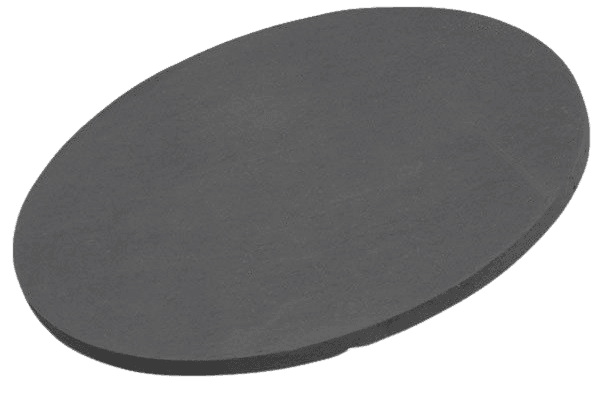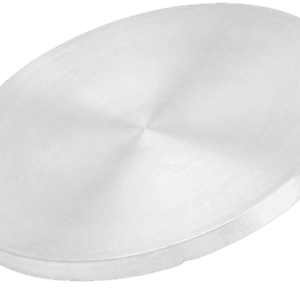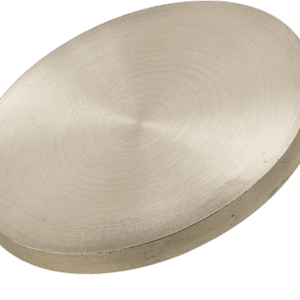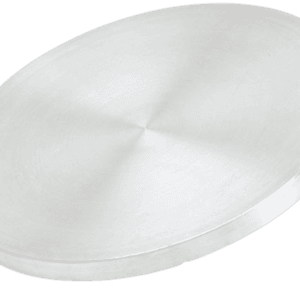Strontium Iron Oxide Sputtering Target Description
The Strontium Iron Oxide Sputtering Target offers a unique combination of properties that make it an excellent choice for various applications. Its high purity ensures consistent and defect-free film deposition, while its high density provides exceptional physical strength and stability, making it ideal for demanding environments. The high sputtering rate facilitates efficient film deposition, and the low resistivity promotes effective electron transport. Additionally, the target exhibits outstanding chemical stability, resisting corrosion in harsh conditions, and has high-temperature oxidation resistance, ensuring durability under extreme conditions. This combination of attributes makes it a versatile and reliable option for a wide range of industrial applications.
Related Product: Strontium Sputtering Target, Strontium Oxide Sputtering Target
Strontium Iron Oxide Sputtering Target Specifications
| Compound Formula | SrFe12O19 |
| Molecular Weight | 327.84 |
| Appearance | Black Target |
| Density (g/cm3) | 8.02 |
| Available Sizes | Dia.: 1.0″, 2.0″, 3.0″, 4.0″, 5.0″, 6.0″ Thick: 0.125″, 0.250″ |
Strontium Iron Oxide Sputtering Target Handling Notes
Indium bonding is recommended for Strontium Iron Oxide Sputtering Targets due to their inherent characteristics that pose challenges during sputtering. The material’s low thermal conductivity and susceptibility to thermal shock can lead to issues such as uneven deposition and target degradation. Using indium bonding helps address these challenges by providing a more stable and reliable attachment, ensuring consistent performance and reducing the risk of thermal stress-related problems during the sputtering process.


 MSDS File
MSDS File



Reviews
There are no reviews yet.